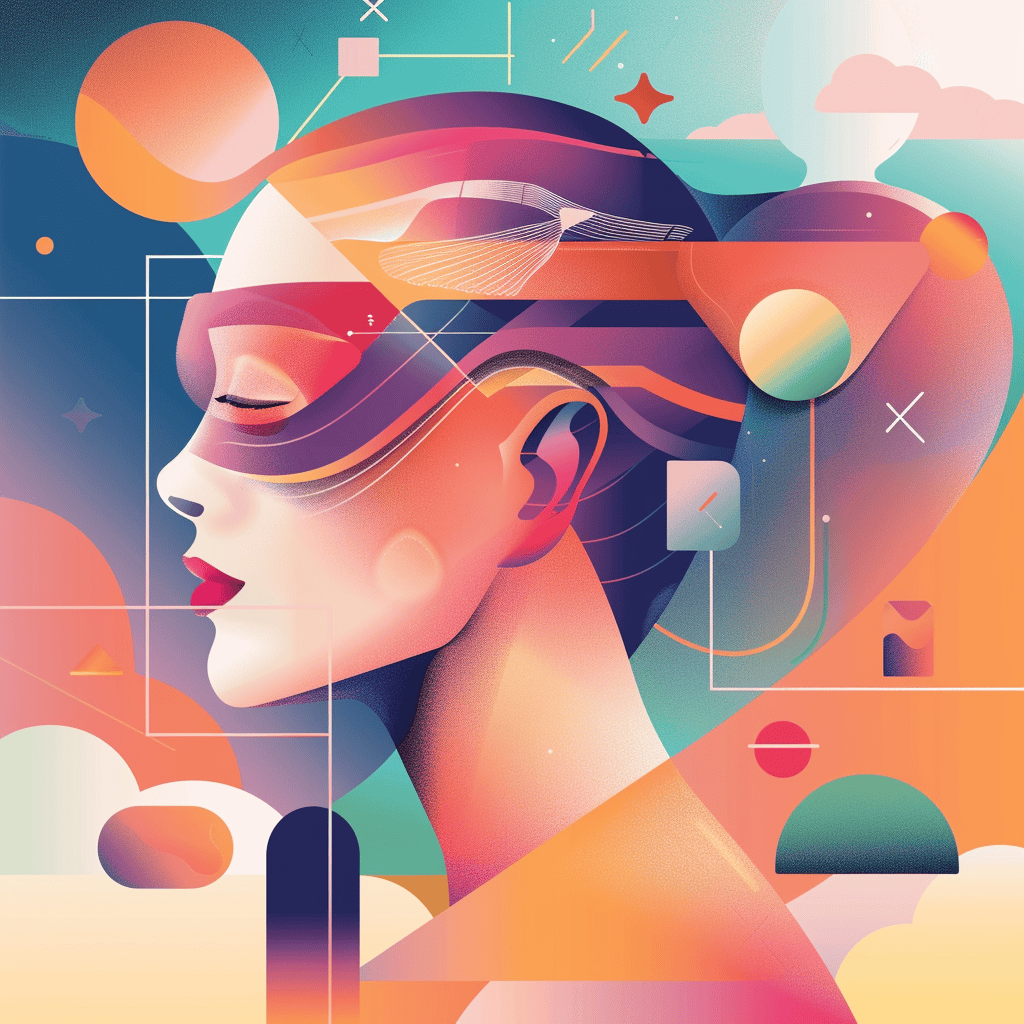Emotional Design transforms user experience from purely functional and aesthetically pleasing interfaces to ones that forge a more profound connection with users. This approach enhances user satisfaction and fosters brand loyalty and personal attachment to products.
Where did the Concept of Emotional Design Start?
The term “Emotional Design” began to gain traction within the tech industry primarily in the early 2000s, following the publication of Don Norman’s influential book, Emotional Design: Why We Love (or Hate) Everyday Things, in 2004. Norman, a pioneer in user experience design, argued that a response to Design is as essential as its usability. He described how objects and interfaces could be designed to elicit specific reactions, appealing to the visceral, behavioral, and reflective aspects of user interaction.
This book sparked a broader recognition in the tech industry of the importance of aspects of sentiment and personal feelings in Design. Emotional Design influences how products are crafted for functionality and efficiency and their ability to connect with users. Since then, Emotional Design has become a fundamental concept in UX and UI design, underpinning how designers think about creating products that resonate deeply with users.
Don Norman’s theory articulates this through three levels: visceral (appearance), behavioral (usability), and reflective (impact of the Design on the user’s self-image and personal satisfaction). For instance, a beautifully designed, intuitive app that makes a user feel savvy or trend-conscious effectively hits all three levels.
Increased Awareness of Emotional Design in 2024
Among the fundamental advances shaping UI/UX design in 2024, Emotional Design impacts designers and users. Creating experiences using human psychology to design products that function well and evoke specific responses enhances user engagement and loyalty.
There are several factors attributable to increased awareness of Emotional Design:
- Advancements in Technology: Integrating sophisticated AI and machine learning technologies has given designers unprecedented tools to analyze and predict user behavior. These technologies enable more personalized and resonant user experiences by dynamically adapting interfaces and content to users’ needs.
- Shift in Consumer Expectations: Modern consumers expect more than functionality from their products as they seek meaningful interactions and experiences that resonate personally. This shift has prompted companies to prioritize Emotional Design to strengthen user engagement, satisfaction, and loyalty.
- Greater Focus on Mental Health and Well-being: Recognizing the importance of mental and well-being has influenced design philosophies across industries. Designers are now more mindful of how their work affects the psychological state of users, leading to designs that promote comfort, joy, and peace.
- Market Differentiation: Emotional Design allows brands to differentiate themselves in a highly competitive market. By creating compelling products and experiences, companies can establish a unique brand identity and foster a deeper connection with their customers.
- Research and Data: Increased access to data on user interactions and available research into human-computer interaction have provided insights that underscore the effectiveness of Emotional Design. This data-driven approach helps validate the impact of design choices on user emotions and business outcomes, encouraging more firms to adopt these design strategies.
The Importance of Emotional Design in User Experience
Emotionally designed products resonate more deeply, creating a dynamic imprint that can increase user engagement and brand loyalty. Companies like Apple and Nike have long harnessed Emotional Design to create intense brand affinity. Historically, their products have met the functional needs of users and customers, often making them feel part of a community or movement. Emotional Design can transform passive users into passionate advocates, crucial in today’s saturated markets.
Implementing Emotional Design
Implementing Emotional Design starts with empathy and understanding the user’s journey. Designers can use tools like empathy maps to visualize and anticipate the emotions users might feel at different stages of interaction. Color psychology, typography, and imagery can also be powerful tools. For example, warm colors evoke comfort and happiness, while sleek, bold fonts convey strength and sharpness. AI technology plays a significant role here, personalizing user interactions based on behavioral responses.
Incorporating Emotional Design into Existing Experiences
You can gradually infuse Emotional Design into existing experiences, incrementally enhancing user engagement and satisfaction without drastic redesigns. Here are some suggestions to help ensure that every design decision is considerate and strategically sound.
- Conduct Emotional Audits: Start by reviewing your current Design and interfaces through the lens of emotional impact. Assess how different elements (colors, shapes, typography, images) might influence your users’ emotions. Consider applying user surveys, response tests, and heat maps to see where users are most engaged or frustrated.
- Map User Emotions: Develop an emotion map for your user journey. Identify critical touchpoints and consider what emotions you want to evoke at each stage. For instance, in a shopping app, you aim for excitement during browsing, confidence at checkout, and satisfaction post-purchase.
- Prioritize Subtle Changes: Begin with subtle enhancements that can significantly affect tone without overhauling the entire interface. Incremental enhancements include altering colors, updating imagery, or refining language to be more empathetic and aligned with the desired outcomes.
- Introduce Micro-Interactions: Implement micro-interactions that provide users with positive feedback or delightful moments. That could be as simple as a pleasant sound when completing a task or a visual animation that subtly communicates progress.
- Leverage Personalization: Use data to offer personalized experiences that resonate more deeply with users. Personalization can be as straightforward as using a user’s name or as complex as recommending products based on past behaviors. This relevance can significantly enhance engagement.
- Iterate Based on Feedback: Utilize A/B testing and user feedback to refine Emotional Design elements. Observe how changes affect user behavior and sentiment and continue to iterate based on what you learn.
- Educate Your Team: Ensure that your design team understands Emotional Design principles. Start with training sessions, workshops, or sharing case studies highlighting Emotional Design’s effectiveness.
- Monitor and Measure Impact: Finally, establish metrics to measure the impact of your changes on user experience and business outcomes. Focus on analysis, including user satisfaction scores, engagement metrics, and conversion rates.
Case Studies
Consider Spotify’s use of Emotional Design. Its playlists cater to users’ musical tastes and current moods, creating a highly personalized and resonant experience. Another example is the meditation app Calm, which uses serene visuals and soothing sounds to enhance users’ peace and relaxation.
Well-crafted experiences can support user well-being.
The Future of Emotional Design
Our Unosquare design team predicts Emotional Design will become even more sophisticated with AI and machine learning advancements, allowing for even greater personalization and anticipatory design. However, designers must tread carefully to maintain authenticity and ethical standards, avoid manipulative practices, and ensure these design principles genuinely improve the user experience.
If you’re intrigued by the potential of contemporary design to transform your projects, we invite you to reach out to our Design and Development Center of Excellence. Unosquare can support your next project with cutting-edge insights and strategies. For a deeper dive into digital design trends and innovations, visit our blog. Together, let’s craft experiences that resonate deeply and delightfully with your users.

